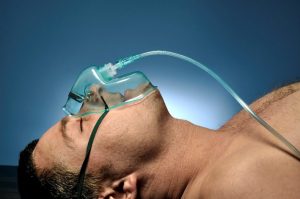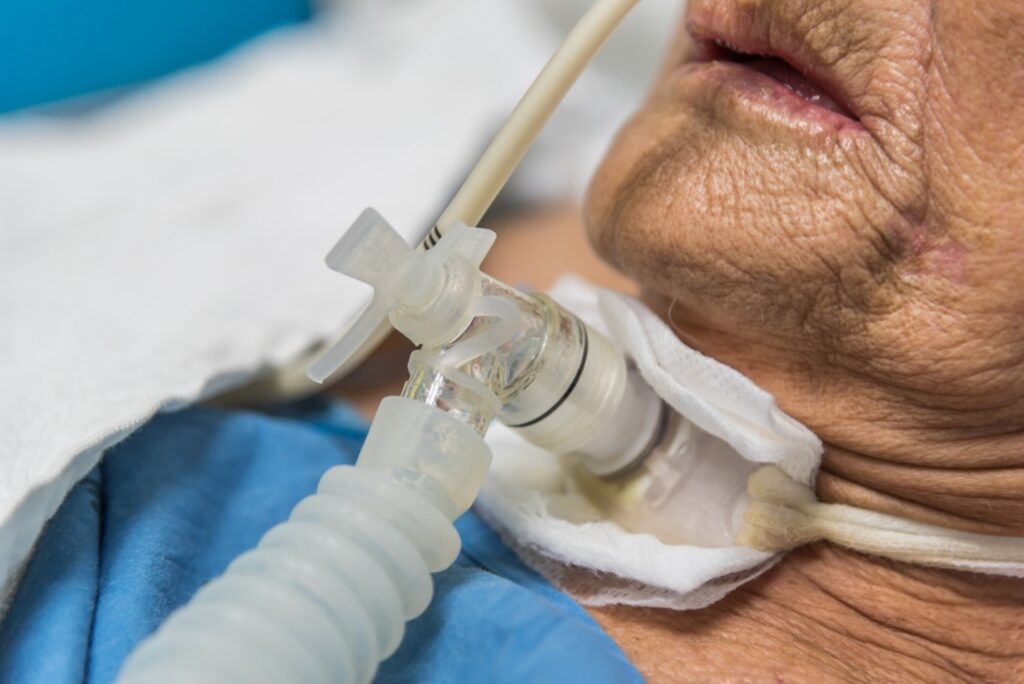Treating and managing severe allergic reactions such as anaphylaxis can prove difficult, not merely due to the lack of time available between the time of exposure to the development of life-threatening symptoms but due to the lack of immediately available resources during the time of need.

For those who live with severe allergies, it’s critical that they have access to an emergency dose of epinephrine, typically in the form of an EpiPen, also known as an EAI or epinephrine auto-injector.
Failure to be prepared can ultimately result in severe long-term health complications, life-threatening reactions, and death.
In what follows, we’ll be discussing the treatment and management techniques available to deploy during emergency situations surrounding severe allergic reactions in which the conditions of anaphylaxis and anaphylactic shock occur.
Management of Anaphylaxis
A potentially fatal condition, anaphylaxis is a severe allergic reaction that typically occurs almost immediately after harmful exposure to an allergen.
It’s not uncommon for anaphylaxis to be thought of as less serious and thus under-treated. This holds especially true in casual, non-medical settings where those surrounding the individual are not aware of the risks of the severe allergic reaction and do not know how to react to such a circumstance.
To avoid the subsequent complications that can arise during a state of anaphylactic shock and to prevent the situation from worsening into an uncontrollable condition, it’s important to understand some concepts about anaphylaxis management.
The following are four aspects of management typically used in a controlled emergency medical environment on individuals experiencing an anaphylactic episode.
Supplemental Oxygen
During times of anaphylaxis and anaphylactic shock, patients are likely to experience shortness of breath or total loss of breath as a result of impaired airways. Among the initial steps of management during such an emergency situation, an individual’s airway must be assessed and managed. This will be the only effective way to deliver oxygen to the lungs to be able to sustain life.

Supplemental oxygen delivered by the immediate placement of a breathing tube into the trachea will allow the initial medical provider to buy some time before more comprehensive help arrives. The rapid assessment of the airway and quick placement of an airway tube allows for continuous oxygen flow to the lungs before the airway becomes obstructed.
Intravenous Fluids
It is imperative that intravenous fluids be administered to treat those experiencing an anaphylactic episode. In the state of anaphylaxis, the normal intravascular volume is depleted due to leakage of fluid and decreased pressure in the blood vessels. This depleted volume in the blood vessels must be replaced to be able to deliver blood efficiently to all areas of the body.
This process is otherwise known as fluid resuscitation. The fluid used is typically saline solution.
Emergent Surgical Airway
During the initial assessment, it may be identified that the patient’s airways are evidently compromised and the placement of an airway tube will not be possible. In such a circumstance, a surgical placement of a cricothyroidotomy, is likely required.

A cricothyroidotomy is a surgical procedure that involves an incision in the front of the neck and the placement of a short curved tube through the incision into the trachea. Thus, life-saving oxygen therapy can be delivered into the lungs by an alternative route.
Emergency Use of Epinephrine
During the earliest available opportunity, the anaphylactic patient should be given an emergency dose of epinephrine, either intramuscularly (IM) or intravenously (IV). The first dose will often be given intramuscularly, and subsequent intravenous administration can be given as needed.
Treatment of Severe Reactions with Epinephrine
Not only is epinephrine used in the initial emergency management protocol, but it is also very effective in the management of other pathophysiological complications that occur in an anaphylactic episode.
For example, individuals are likely to experience airway obstruction. Epinephrine is effective in helping to reverse such airflow obstruction while also potentially reversing cardiovascular collapse.
The following are the most common therapeutic actions of using epinephrine as a means of treatment for anaphylaxis.
- Increases pressure inside blood vessels
- Decreases swelling inside the airways
- Increases stronger heart contraction and heart rate
- Increases bronchodilation
- Decreases release of mediators of inflammation from mast cells
While the potential for adverse effects of using epinephrine as a source of treatment and management exists, the benefits far outweigh the risks, and it has proven to be life-saving.
Final Thoughts
Living with a life-threatening allergy can be undesirable and sometimes scary, especially if a severe reaction occurs. To combat this sometimes uncontrollable possibility, it’s important to be proactive with preparation.
Travel with an EpiPen at all times and, above all else, understand the concepts of an allergic reaction management plan, both independently and with extended peers. It’s also important to have discussions with an allergy specialist to understand the risks of anaphylaxis.
